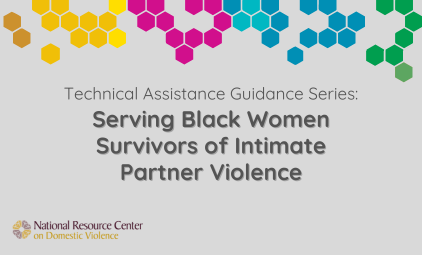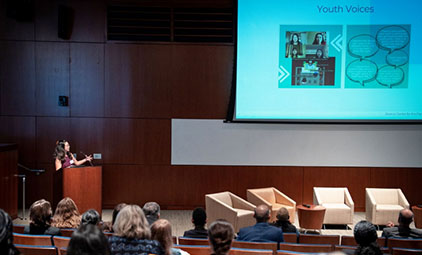Violence in teen dating relationships is alarmingly commonplace. It occurs in heterosexual and same-sex relationships and cuts across racial/ethnic and socio economic lines. Although there are methodological problems accurately determining prevalence rates, a conservative estimate is that one in three adolescents has experienced physical or sexual violence in a dating relationship (Avery-Leaf, Cascardi, O'Leary, & Cano, 1997). These rates are higher when verbal abuse is included in the definition. Teen dating violence appears to parallel violence in adult relationships in that it exists on a continuum ranging from verbal abuse to rape and murder (Sousa, 1999). Teen victims may be especially vulnerable due to their inexperience in dating relationships, their susceptibility to peer pressure and their reluctance to tell an adult about the abuse (Cohall, 1999). Further, many adolescents have difficulty recognizing physical and sexual abuse as such and may perceive controlling and jealous behaviors as signs of love (Levy, 1990).
This article provides a critical review of the research literature with respect to risk factors for both perpetrators and victims of dating violence and examines the research on the effectiveness of prevention and intervention programs. Risk factors have been defined as "attributes or characteristics that are associated with an increased probability of [its] reception and/or expression" (Hotaling & Sugarman, 1990 p. 1). Risk factors are correlates of dating violence and not necessarily causative factors. Thus, they may have implications for prevention program, but they may also be outcomes that have implications for treatment. Key risk factors consistently found in the literature to be associated with inflicting dating violence include the following: holding norms accepting or justifying the use of violence in dating relationships (Malik et al., 1997; O'Keefe, 1997); having friends in violent relationships (Arriaga & Foshee, 2004); exposure to violence in one's family and community violence (Foo & Margolin, 1995, O'Keefe, 1997; Schwartz et al., 1997); alcohol and drug use (O'Keeffe et al., 1986; Silverman et al., 2001); and a having a history of aggression (Riggs & O'Leary, 1989, Chase et al., 1998). The one factor that has consistently been associated with being the victim of dating violence, particularly for males, is inflicting dating violence (O'Keefe, 1997).
There is considerable controversy regarding whether violence in teen dating relationships involves mutual aggression and indeed several studies report higher rates of inflicting violence for females (Foshee, 1996; Gray & Foshee, 1997; O'Keefe, 1997). Fundamental problems exist, however, in asserting gender parity regarding relationship violence. Most obvious is the greater physical harm that can be inflicted by male violence due to males' often greater size and strength. Compared to boys, girls are more likely to sustain injuries and require medical treatment as a result of the violence (Makepeace, 1987). Moreover, the emotional consequences of the violence are more harmful for females than for males. Further research is needed to enhance our understanding of adolescent dating violence including the nature of conflicts, as well as the meaning, context, intent, and consequences of the violence and the role of gender.
A number of school based programs focusing on reducing violence in teen dating relationships and promoting healthy respectful relationships show promising results. The majority of these programs have focused on increasing students' awareness and knowledge about dating violence, changing attitudes and norms that condone violence, and building conflict resolution and communication skills. Given that many of these prevention programs have only been short-term interventions, the results are particularly encouraging and demonstrate a potential to impact public health. Especially encouraging is a program demonstrating long-term behavioral change. Clearly the prevention of dating violence requires a commitment (both financial and otherwise) with the goal of establishing a consistent, coordinated, and integrated approach in every school and community.
| Attachment | Size |
|---|---|
| Teen Dating Violence: A Review of Risk Factors and Prevention Efforts | 625.77 KB |













